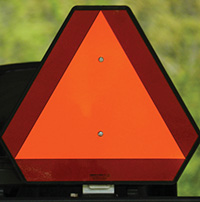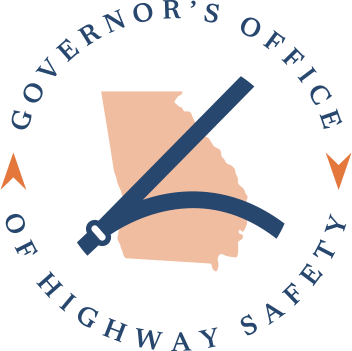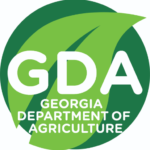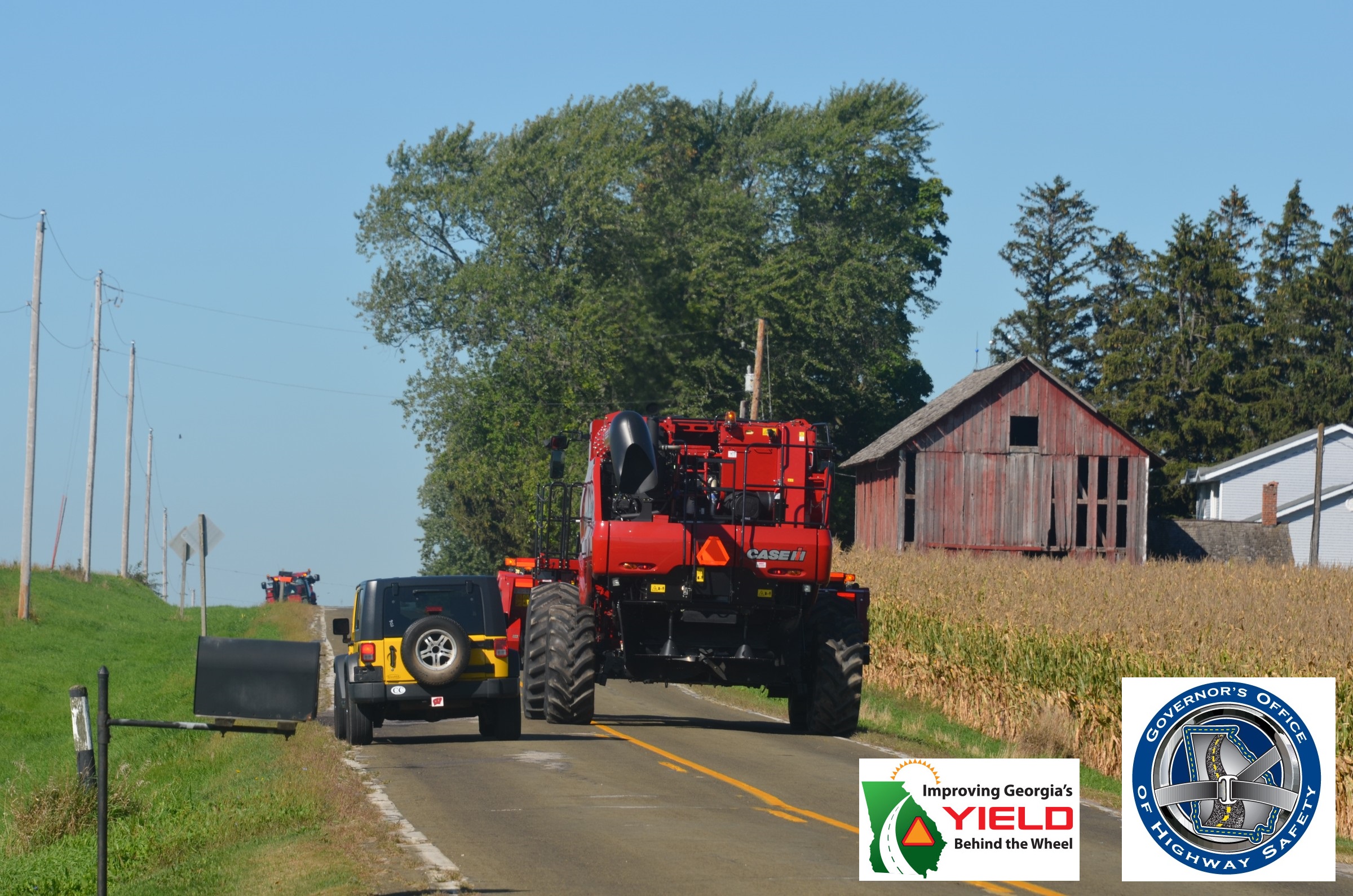While driving on Georgia’s roads, many motorists encounter farm equipment, especially during harvest season. Farmers are often transporting things from field to field in equipment that is designed to be used primarily in the field. This equipment is not designed to travel at typical highway speeds…most tractors travel at 15-25 miles per hour. There have been collisions on Georgia roads where fast-moving vehicles collide with slower farm equipment, causing serious injuries and fatalities. Because of these life-threatening collisions, the Governor’s Office of Highway Safety and the Georgia Department of Agriculture have formed a partnership with the Improving Georgia’s Yield Behind the Wheel campaign to remind motorists of the potential dangers of a crash with farm equipment.
2013-2018 Farm and Construction Equipment Crash Data
| 2013 | 2014 | 2015 | 2016 | 2017 | 2018 | |
| Crashes | 364 | 398 | 400 | 559 | 469 | 562 |
| Total Vehicles | 702 | 754 | 754 | 1067 | 905 | 1100 |
| Crashes W/Injuries | 124 | 123 | 119 | 160 | 155 | 138 |
| Total Injuries | 146 | 176 | 160 | 199 | 213 | 197 |
| Crashes W/Fatalities | 9 | 10 | 4 | 16 | 7 | 9 |
| Total Fatalities | 9 | 10 | 4 | 16 | 7 | 9 |
GEORGIA CODE O.C.G.A. § 40-8-4
§ 40-8-4. Emblem on slow-moving vehicle or unlicensed three-wheeled motorcycle used only for agricultural purposes
(a) It shall be unlawful for any person to operate upon the public roads of this state any slow-moving vehicle or equipment, any farm trailer or semitrailer which is used for agricultural purposes and which would otherwise be exempt from this article as an implement of husbandry under Code Section 40-8-1, any animal drawn vehicle, or any machinery designed for use and generally operated at speeds less than 25 miles per hour, including all road construction or maintenance equipment and machinery except when engaged in actual construction or maintenance procedures and all other construction equipment and machinery, unless there is displayed on the rear thereof an emblem which shall comply with subsection (b) of this Code section. It shall also be unlawful to operate upon the public roads of this state without such an emblem any three-wheeled motorcycle used only for agricultural purposes unless such three-wheeled motorcycle is licensed as required by Chapter 2 of this title and is in compliance with all other requirements of this chapter.
SAFETY TIPS
Drivers
- Be patient: Don’t assume that the farmer can always move aside to let you pass. Soft, damp or steep shoulders may not be able to support heavy farm equipment. The farmer will pull off the road at the first available safe location to allow you to pass. Even if you have to reduce your speed to 20 mph for two miles, your trip will only be extended by about six minutes.
- Yield to wide vehicles: Some farm equipment may be wider than the lane of travel. If you approach a piece of wide farm equipment traveling in the opposite direction and you cannot pass, pull off the road and stop, safely turn around or back up to a location that will allow the equipment to pass by.
- Pass with caution. If a farmer has pulled off the road to allow you to pass, or if the farmer cannot pull off the road and you feel you must pass, do so with caution.
- Be watchful of vehicles behind you that may also try to pass.
- If you must enter the oncoming lane of traffic, do not pass unless you can see clearly ahead of both you and the vehicle you will pass.
- If there are any curves or hills ahead that may block your view or the view of oncoming vehicles, do not pass.
- Do not pass if you are in a designated “No Passing Zone” or within 100 feet of any intersection, railroad grade crossing, bridge, elevated structure or tunnel.
- Do not assume that a farm vehicle that pulls to the right side of the road is going to turn right or is letting you pass. Due to the size of some farm implements, the farmer must execute wide left-hand turns. If you are unsure, check the operator’s hand signals and check the left side of the road for gates, driveways or any place a farm vehicle might turn.
Farmers
 Georgia law requires you to place a slow-moving vehicle reflector on any machine thattravels the road slower than 25 mph. Always point the triangle up, keep the SMV emblem clean to maximize reflectivity, and replace the emblem when it fades, normally every 2-3 years.
Georgia law requires you to place a slow-moving vehicle reflector on any machine thattravels the road slower than 25 mph. Always point the triangle up, keep the SMV emblem clean to maximize reflectivity, and replace the emblem when it fades, normally every 2-3 years.- Mark the edges of tractors and machines with reflective tape and reflectors. Consider installing retrofit lighting on older machinery to increase visibility.
- Turn on your lights, but turn off rear spotlights when going onto the road. From a distance they can be mistaken for headlights.
- Avoid the highway during rush hours and bad weather. Do not drive before sunrise or after sunset.
- Use pilot cars, one in front and one in back if you are going a considerable distance. Hang an orange flag out of the window of these pilot vehicles.
- Consider installing mirrors on equipment to enable you to be aware of motorists around you.



